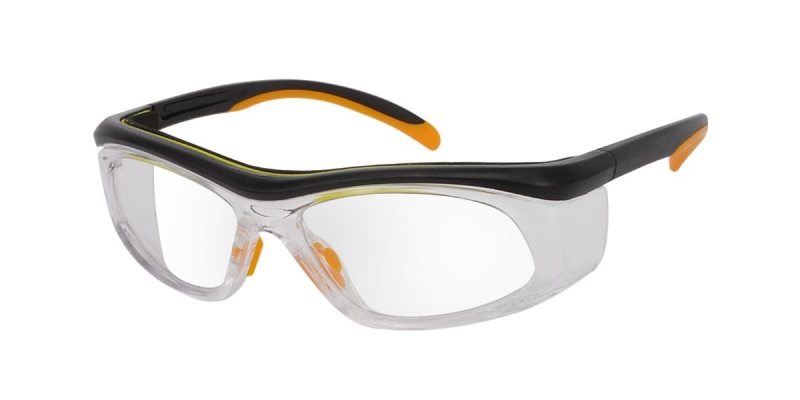
The global market for rheumatoid arthritis treatments is expected to grow at a CAGR of...
Learn More
Our consulting solutions address company specific challenges with respect to micro environment...
Learn More
Organizations frequently need day-today research guidancein order to gain strategic...
Learn More
Exploring different areas of market research and market analysis is a key factor...
Learn MoreAcute Market Reports presents the most extensive global business research services across industries. Our research studies focus on potential outcomes, benefits, and risks associated with each market segment across geographies. Having served our global clients for more than 10 years, our prime priority is to enable our clients in making well-informed business decisions through a data-driven, analytical, and uncomplicated research approach.
We provide access to the world's most comprehensive, analytical, and updated business intelligence services and solutions.




Brachioplasty, commonly known as an arm lift, is a cosmetic surgical procedure aimed at reshaping and tightening the upper arm area. The procedure is sought after by individuals who experience sagging or excess skin in their arms due to aging, signif...
Read More
The prescription safety glasses market is expected to grow at a CAGR of 4.5% during the forecast period of 2025 to 2033. The prescription safety glasses market is poised for substantial growth, driven by regulatory mandates, technological advancement...
Read More
The real-time operating system market is expected to grow at a CAGR of 7.7% during the forecast period of 2025 to 2033. A real-time operating system (RTOS) is designed to serve real-time applications that process data as it comes in, mostly without b...
Read More




